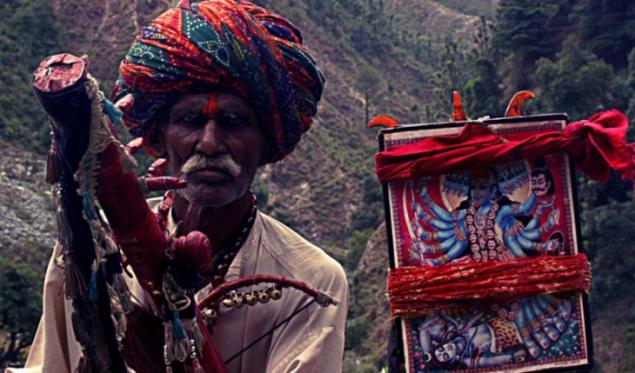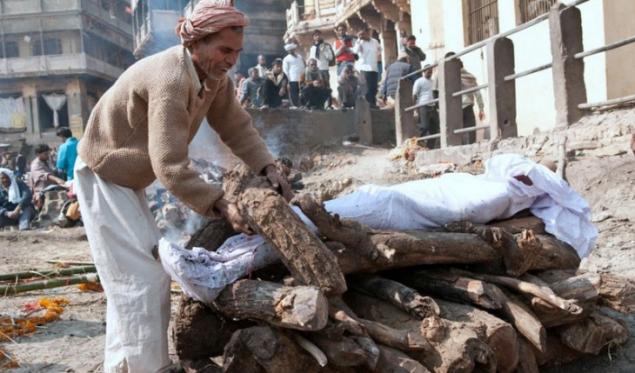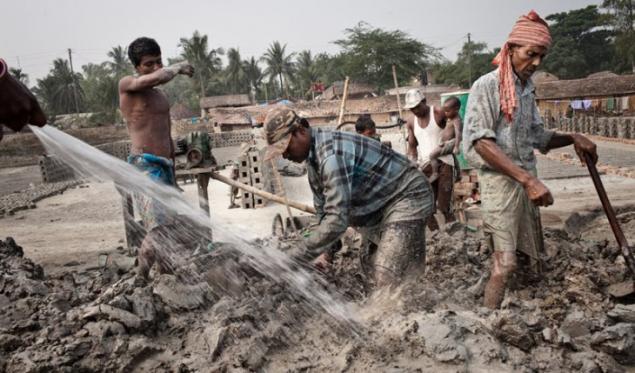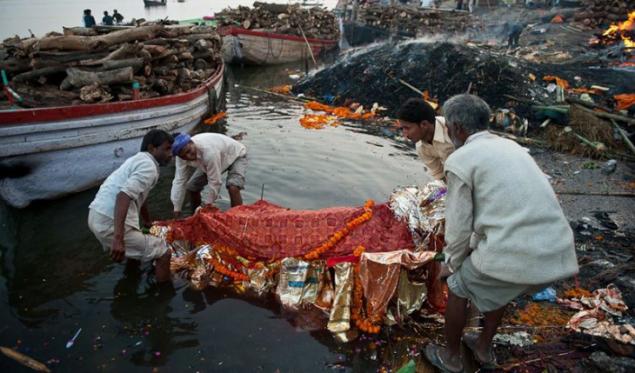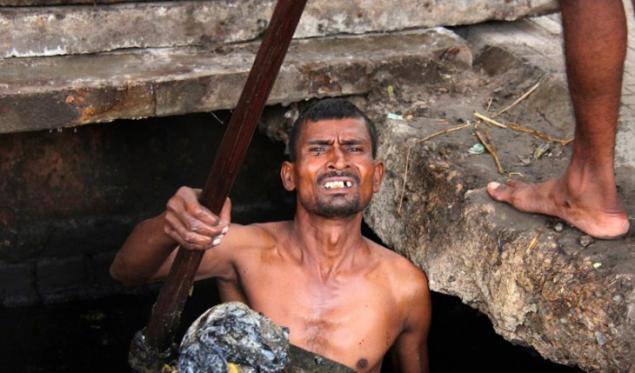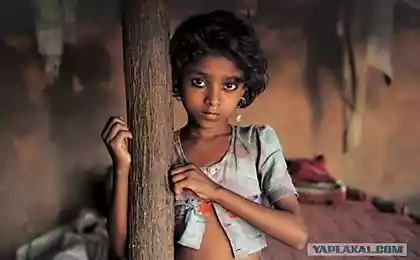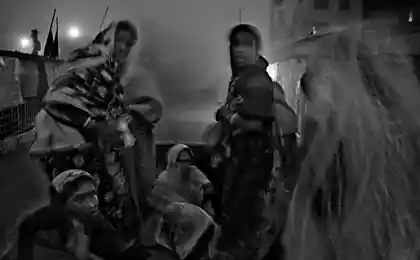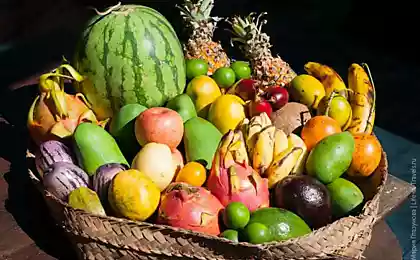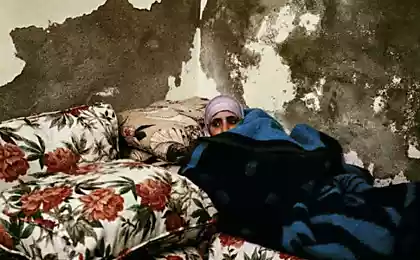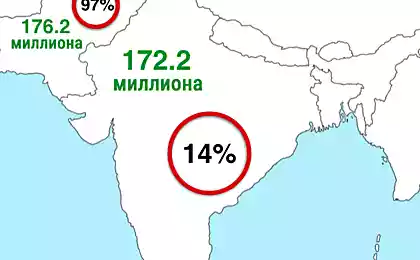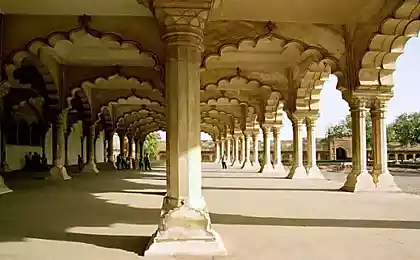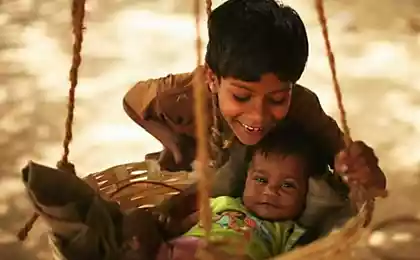1430
The Untouchables: 10 facts about the lowest caste in India
History of XX and XXI centuries is full to the brim of equality. Modern society has successfully fought for the rights of women, children and even pets. We are proud to accept the achievements of civilization, believing that it has reached the most extreme limits Zemli.Na reality, however, things are quite different. Ancient culture is still cultivated inherited them from their ancestors tradition, dividing people not by their quality - but only by right of birth. For example, the case in India, where the caste of untouchables is as much as 20% of the whole society and has almost no rights.
Website tells the history and life of the untouchables.
1. Varna System h2> In India, there is still a caste system. All society is divided into four varna: scholars Brahmans, Kshatriyas, warriors, farmers, and Sudras vaisyas servants. Apparently, such a division was born as a result of contact existing tribal structure with cultural practices assimilated community, whose members are distinguished by a different color of skin. Representatives of the four castes can interact with each other - that's only contact with the Sudras are considered undesirable.
2. Sudras h2> closest to the untouchable caste of Sudras worth. These people for centuries were forced to do hard and dirty work. Actually, the Sudras be called by some Indian farmers who own large areas of land. People from this caste work at socially acceptable roles. Such a person may be a blacksmith, carpenter, Vinokurov, a bricklayer, and even a musician.
3. Untouchables h2> untouchables are outside the social division of India. They work in the most polluted areas, remove dead animals, clean toilets and engaged in leather tanning. For untouchable closed doors of the temple. People have nothing to do with his position, is determined only by right of birth. Entrance to the courtyard houses of any of the members of the upper castes untouchables is strictly prohibited, and the one who dares to desecrate the public well his bucket waiting for a quick and brutal violence on the street.
4. Desecration h2> The Untouchables and despise at the same time afraid of all the other castes. The fact that people from the lower social strata can defile his presence any more. Especially strictly monitor their surroundings Brahmins: is untouchable touch even the edge of the garment Brahmin and last will have to spend many years in an attempt to clean the stained karma.
5. Where did untouchables h2> The existence of a whole class of pariahs identified history itself. In ancient times civilized India was conquered by the Aryans who were not representatives of the conquered tribes to integrate into their society. Aria prefer to use indigenous people as staff. They immediately began to build separate settlements, which were outside the walls of the main settlements. This practice is gradually widening gap between the conquerors and the oppressed, and without giving the latter a chance to be integrated into society.
6. Occupation h2> The worst thing is that they themselves have taken quite untouchable there is a tradition of the Aryans to caste division. These people are themselves divided into several sub-castes, by occupation. Currently, the most common representatives Chamars-tanners, washerwomen and Dhobi-pariah involved really quite dirty work - the removal of debris and cleaning toilets. Society of modern India by 20% consists of untouchables, although the struggle for integration into normal society has been going on for decades.
7. The struggle for equality h2> The first shoots of resistance appeared in the twentieth century. The main Gandhi became an activist who tried to destroy the cultivated society stereotype renaming caste in the Harijans, people of God. Case Gandhi continued the representative of the Brahmin caste, Bhimrao Ramji Ambedkar. Untouchables in his interpretations became Dalits, oppressed. Ambedkar has ensured that Dalits have allocated certain quotas in each field. That is, the representatives of the untouchables are now, in theory, the ability to integrate into Indian society.
Website tells the history and life of the untouchables.
